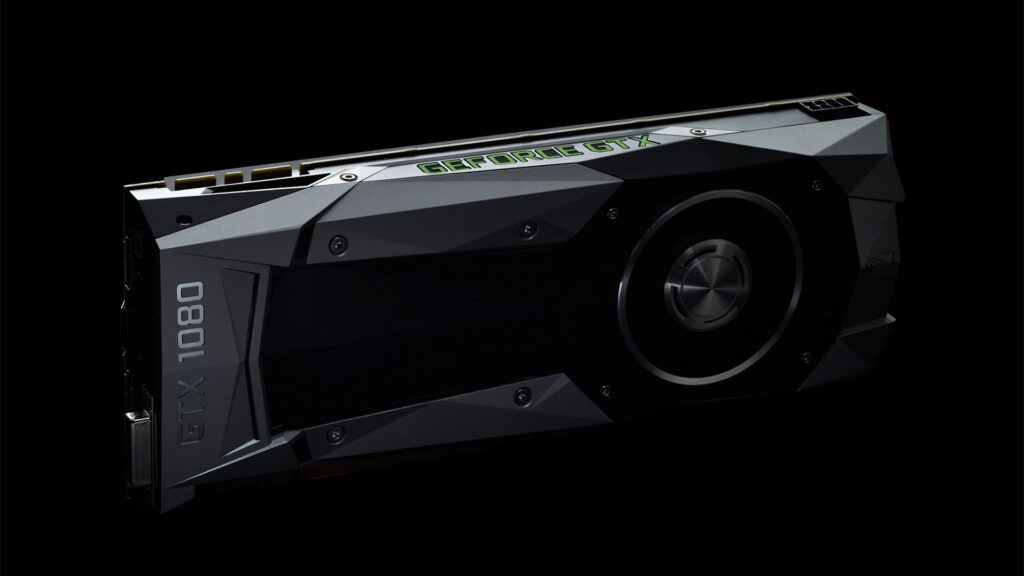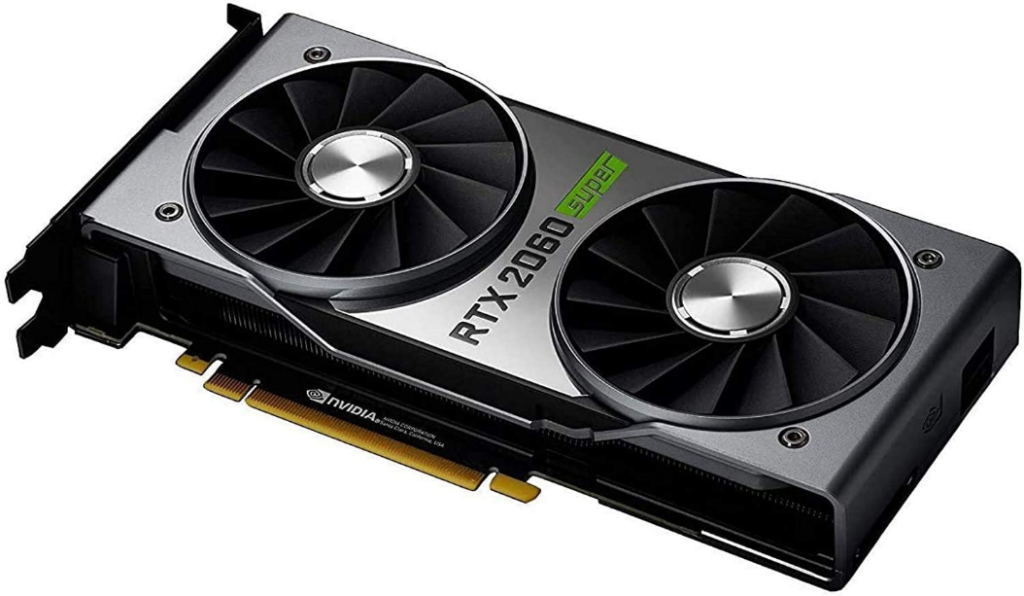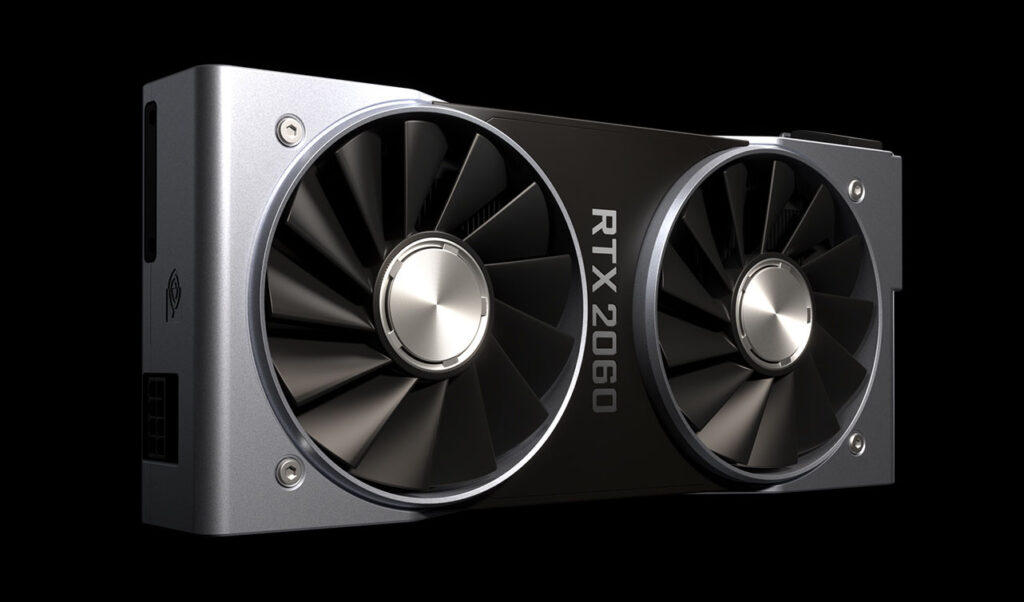Both the GTX 1080 and the Geforce RTX 2060 are laptop graphics card options aimed at the gaming audience. While the former hit the market in 2016 promising to be one of the most powerful GPUs, the latter is a mid-range card in Nvidia’s RTX series released in 2019, which introduced technologies such as DLSS and Ray Tracing support. Currently, the GTX 1080 does not appear in new laptop models, but the RTX 2060 is still one of the solutions found in gamer laptops like Lenovo Legion, Dell G5, and others.
These are, therefore, cards from different segments. The newer model has a more modern architecture that promises to deliver more efficiency, while the GTX 1080 is a brute force GPU, which can still be an interesting solution for gamers depending on the laptop it featured. Below, Techidence presents a comparison of the specifications of Nvidia’s cards aimed at mobile devices to help you decide which GPU is ideal for your profile.
GTX 1080 vs RTX 2060 Datasheet
| GTX 1080 | RTX 2060 | |
|---|---|---|
| Launch | 2016 | 2019 |
| Architecture | pascal | Turing |
| Base clock/boost | 1,566/1,733 MHz | 960/1,200 MHz |
| Memory | 8 GB GDDR5X | 6 GB GDDR6 |
| Memory interface | 256-bit | 192-bit |
| DLSS | No | Yes |
| Ray tracing | No | Yes |
Specifications

Despite the differences, the two cards offer specifications that cater well to the most varied types of gamers. While the RTX 2060 has as positive points more modern components and architecture, the GTX 1080 has significant numbers of VRAM and frequencies to perform well even in current games.
Even though it has 2 GB less VRAM, the RTX 2060 uses GDDR6 modules, which in turn are more efficient than the GDDR5X of the GTX 1080. The latest card still has Tensor Cores, which were introduced in the RTX line. A differential of the GTX 1080 is its frequencies, which can reach 1,733 MHz, making the card about 500 MHz faster than the RTX 2060.
The Tensor Cores present only in the RTX 2060 bring support for Ray Tracing, which is a new technological trend that enhances lighting in games and also enables features such as Nvidia’s DLSS. It uses machine learning to make the GPU deliver more performance even at higher resolutions.
Performance

Both cards tend to deliver good gaming performance, being two GPU models that can handle just about any modern game at 1080p or 1440p resolutions. There are even some games that can run in 4K, which will require a high-end display or even a compatible video output to be used.
The cards promise to deliver high frame rates, which is a plus for competitive games. This also reinforces the need for a better display with a higher refresh rate. According to tests and comparisons, the GTX 1080 tends to deliver more frames in games, but the RTX 2060 promises to deliver better image quality by supporting the newest technologies.
Consumption

Because it offers higher clocks and also because it belongs to an older manufacturing process, the consumption of the GTX 1080 tends to be higher than that of the RTX 2060. This, for laptops, is a very important point, especially for those who intend to use the device without plugging it in.
Besides consuming more power, the tendency is that the GTX 1080 also heats up more, which will require effort from the cooling system and bring more noise. Thus, those looking for energy efficiency should perhaps opt for the RTX 2060.
Features

Support for newer technologies is only present in the RTX 2060, which makes the card have more features and newer driver options. As said before, Ray Tracing is one of them, allowing games to gain lighting patterns and reflections that make the visuals much more realistic.
DLSS is another feature that only those using an RTX card have access to. Makes, using machine learning, the system optimizes the performance of games at higher resolutions. The feature performs a kind of upscaling, rendering the graphics at a lower resolution, but delivering an improved sample at a higher resolution to the display.
Pricing and availability
Another point in which the RTX 2060 takes advantage is in the availability, especially when considering the market. Currently, the card still appears in several models of gaming laptops, having some options such as the Acer Predator.
New models with the GTX 1080 are no longer easily found in the market, which makes those interested in Nvidia’s GPU have to resort to used models or even try to import a notebook with the card.
Cost-effective
Those who look for a laptop with GTX 1080 will find it hard to find a new model available in the market, which means that laptops that serve this specific public end up having a very varied price and in many cases are laptops with many years of use.
Because it is present in newer laptops, has greater availability, and also offers several features that are not present in Nvidia’s GTX cards, the RTX 2060 currently seems to be a choice more consistent with the reality of today’s hardware market.
This post may contain affiliate links, which means that I may receive a commission if you make a purchase using these links. As an Amazon Associate, I earn from qualifying purchases.

